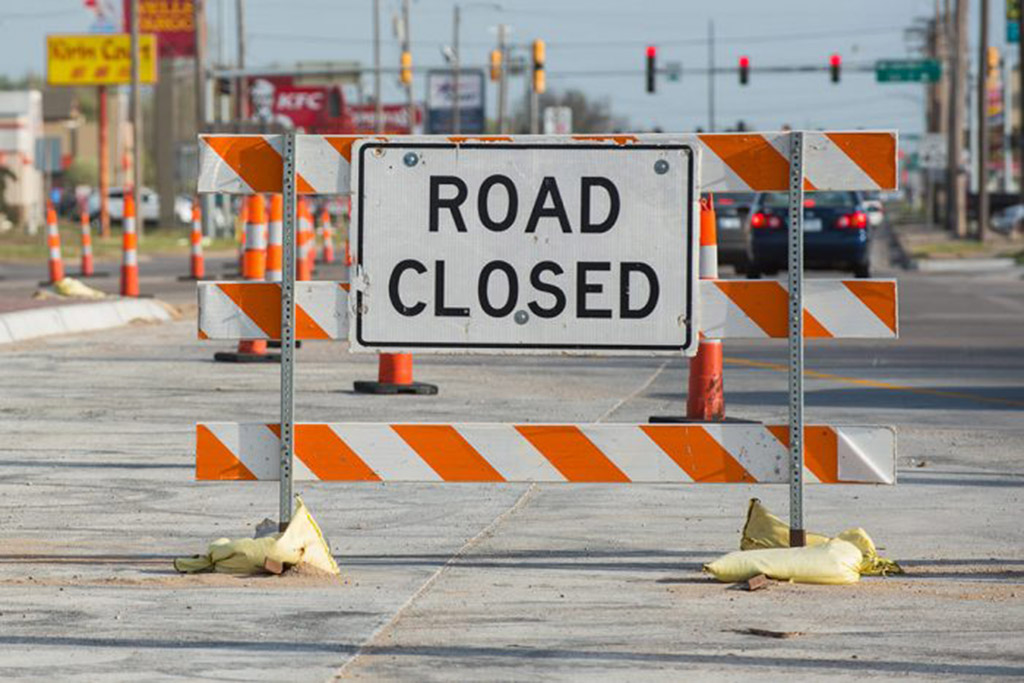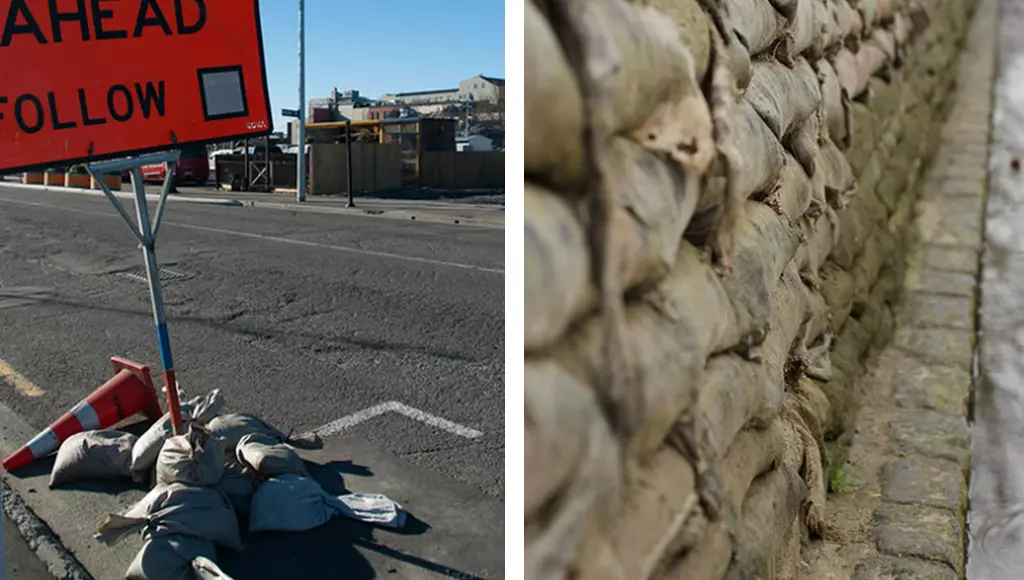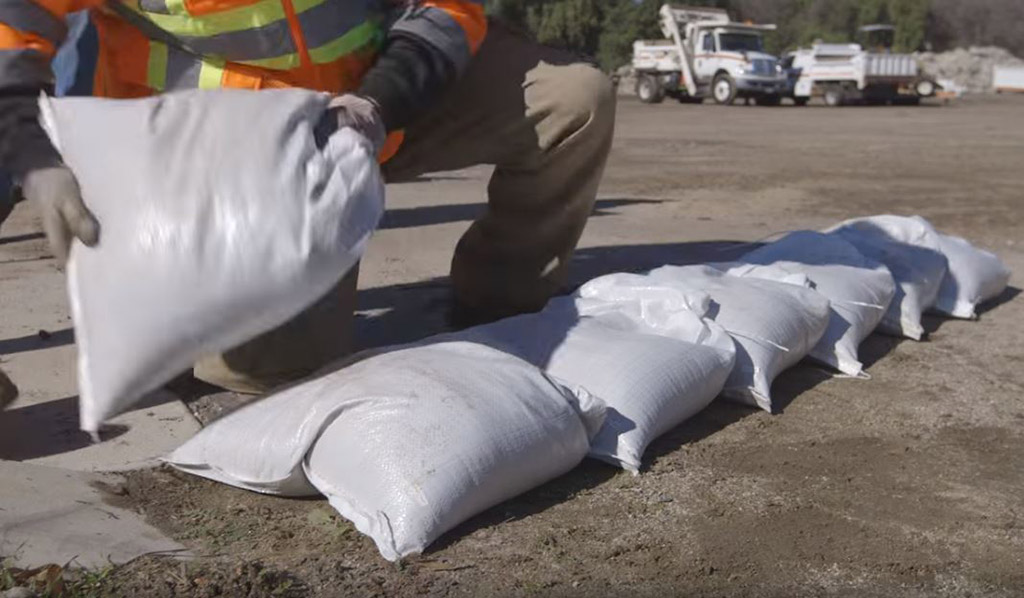Pros and cons of filled sandbags!
Filled sandbags are a handy solution for temporarily deploying traffic signs and posts on the road. The weight of filled sandbags holds road signs at their position and prevents hazards.
The pedestrians crossing the road or drivers travelling in different lanes also know about speed limits and other traffic rules. Thus, traffic sandbags prove to be lifesavers in one way or another by showing traffic signs and warnings.
When you feel traffic is more than the usual routine, take your filled sandbags out and display all signs and signals to reduce the speed of vehicles and give all road users the right of way.
Do you want to know more about this topic? We also have an article talking about what is the role of filled sand bags.

Know all about filled sandbags
Sandbags are one of the most important traffic safety equipment used on roads, and no one can deny their benefits.
Whether it is your city street at risk of overspeeding vehicles or highways, you can equally benefit from filled sandbags.
So here are some significant benefits of traffic sandbags:
- Traffic sandbags give the ultimate solution to work on changed traffic routes and ensure a controlled traffic plan. There are many situations when traffic is diverted to adjacent roads, streets, or highways to avoid traffic jams.
It could last a few hours to several months, like during road construction projects or similar heavy tasks. When you encounter such situations, filled sandbags prove your best partners.
- Public works departments have inconsistent traffic flow. So there is no doubt that you need quick traffic management and use sandbags for additional placement of parking signs.
- Sandbags also prevent the displacement of ballasts and traffic signs during rainy days or storms. If signs are placed without sandbags, they will be on the ground after some days.
- Property owners are more worried about overspeeding vehicles. Therefore, they should not put their properties at risk of overspeeding motorists and use sandbags to protect their homes.
- Sandbags are also widely used as a flood barrier to control flooding. The piles of sandbags make flood walls that help stop flooding and prevent stormwater from spreading in residential areas. Sometimes, the water level gets so high that federal emergency management also finds sandbagging the best option for flood control.
- You can also use sandbags for erosion control.
The dual benefits of sandbags during road maintenance and flood protection measures make it clear that filled sandbags are highly beneficial in multiple aspects.

Can sandbags be reused?
Sandbags are absolutely reusable, and you can use or store them depending on your requirements. These sandbags are similar to sacks commonly seen in houses but are more durable to bear road conditions.
All you need to do is take all the dust off from the inside, clean it nicely, and store it in a good place to be used next time. As sandbags give a temporary solution, there will be no use of products that get wasted with one-time use.
Thus, if the main road of your area is under construction or some projects are going on, your city streets may have more traffic flow. So, it is your duty to give traffic a secured pathway and display necessary traffic signs to inform people about traffic rules in that zone.
Buy traffic sandbags, fill sand and hold traffic signs to prevent overspeeding, parking issues and other problems. With this temporary traffic sign placement, you will be amazed to see controlled traffic and fewer hazards.
Thus, it is a huge opportunity for you to benefit from traffic sandbags and store them at a suitable place for use at some other time. They will remain intact without any damage.
You have already read a good part of this article, 👀
We've
got the impression that you like it. 🙂
👇🏻
IF YOU ARE LOOKING TO WORK DIRECTLY WITH A MANUFACTURER,
FEEL FREE TO CONTACT US. WE ARE VERY HAPPY TO HELP!
Are sandbags environmentally friendly?
Sandbags are eco-friendly traffic control measures designed under the strict supervision of traffic engineers. The Department of Transportation also declares these sacks safe for the environment and road users because of their material.
Some sandbags are naturally decomposed, showing they are safe for the environment.
While some plastic sacks are not biodegradable, and you must dispose of them carefully. You will also find a difference in plastic sandbags here as new technologies have made it possible to degrade plastic.
As a result, some plastic sandbags are degraded on their own, while others need to be replaced over time.

How many people do you require to place sandbags?
Placing sandbags is not difficult, and you can do it yourself. Typically, empty sandbags are extremely lightweight and can be used anywhere on the roadway. The number of people required to place sandbags depends on the magnitude of the work.
For instance, a highway usually has more signs, posts and signals than city streets, and you need two to three people to finish the task. You can help fill all sandbags and then move them to where they need to be placed.
Similarly, being a homeowner, you can place sandbags at your place without additional help.
When discussing the placement of sandbags in response to natural disasters, heavy rain, urban flooding, or flood management, you need to make proper walls of sandbags. These sandbags are shielded from devastating flood hazards and protect properties from water.
So you need to make multiple layers of sandbags to prevent damage, and you can achieve this with a big workforce.

Is there any disadvantage to using sandbags?
Sandbags are efficient traffic control devices that play their part in regulating traffic, so you cannot expect any disadvantages from using sandbags. They are cheap and easy to find, so you must carefully find the best sandbags.
Roughly made sandbags may add the replacement cost after some time, and you get annoyed. Therefore, you cannot count the disadvantages of sandbags but should consider these points to find the best products for holding ballasts and other traffic signs:
- The most appropriate sandbags are chemical resistant. The sandbag material should be able to resist chemicals because the sandbag might encounter chemicals, including those used in roadwork.
- The sandbags should be able to resist environmental hazards, including wind, rain, UV radiation, flooding and more. This is because sandbags will be useless if damaged and cannot keep traffic ballasts in place.
- Lastly, the sandbags should not take water as moisture can result in the tearing of the sandbag.

Conclusion
Filled traffic sandbags are highly beneficial traffic management options that help place road signs.
Thanks to durable materials like PVC, these sandbags are allowed on rough roads and prevent wear and tear. These waterproof sandbags do not give sewerage or drainage water a foul odour.
Plus, sandbags hold traffic signs to inform road users about traffic rules and ensure a safe travelling zone.
In addition to this, sandbags have many other advantages, such as they are best suited to prevent flood damage and rainfall hazards and give a flood protection system.
👇🏻
IF YOU ARE LOOKING TO WORK DIRECTLY WITH A MANUFACTURER,
FEEL FREE TO CONTACT US. WE ARE VERY HAPPY TO HELP!





















